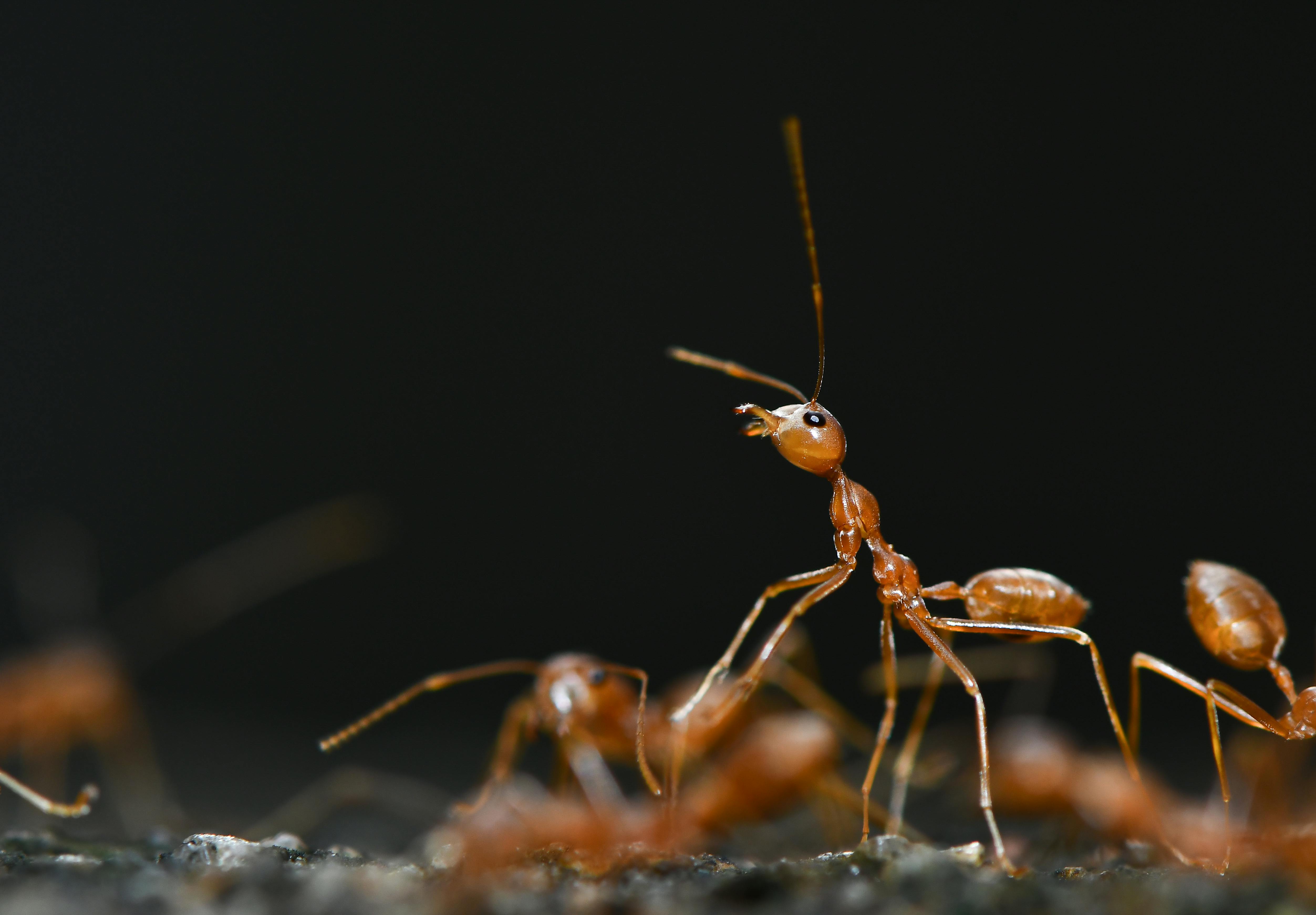"The Remarkable World of Ant Farms: A Deep Dive into the Fascinating Microcosm"
Introduction: Ant farms are more than a childhood pastime; they are a window into a complex, fascinating world of teamwork and survival. This article delves into the history, current trends, and intriguing facts about these miniature ecosystems, providing a fresh perspective for animal enthusiasts and curious readers alike.

The Allure of Ant Farms: A Historical Perspective
Ant farms, or formicariums, have fascinated humans for centuries. Originally created for scientific study in the late 19th century, they quickly gained popularity as educational toys. The first commercial ant farms were introduced by Uncle Milton Industries in 1956, which sold over a million units in the first few years alone. The enduring appeal of these tiny worlds lies in the unique insight they offer into ant society, showcasing the intricate network of tunnels and the organized labor of ant colonies.
Ant Farms Today: A New Trend in Pet Ownership
The interest in ant farms has surged in recent years, with modern versions offering a more sophisticated and interactive experience. Advanced ant farms incorporate 3D designs, LED lights, and nutrient-rich gel, replacing traditional sand or soil. This resurgence has boosted the pet insect market, with the ant farm segment estimated to be worth several million dollars.
The Economic Impact of Ant Farms
While it may seem surprising, ant farms have a significant economic footprint. A basic ant farm can cost anywhere from $20 to $40, while high-end, technologically-advanced models can run into hundreds of dollars. Additionally, the maintenance and care of ant farms also contribute to the pet care industry, with ant food and accessories adding to this niche market.
The Science Behind Ant Farms
Every ant farm is a lesson in entomology, biology, and environmental science. Ants, being eusocial insects, display a complex social structure with a division of labor, communication between individuals, and an ability to solve complex problems. These behaviors, observable in ant farms, have been extensively studied, contributing to our understanding of insect behavior, social organisms, and even algorithms in computer science.
The Future of Ant Farms: Towards a Sustainable Hobby
As the interest in ant farms continues to grow, so does the need for sustainable and ethical practices. Wild ant populations can be adversely affected by the indiscriminate collection of queen ants for commercial ant farms. Future trends point towards captive breeding programs and regulations to ensure the hobby does not harm natural ecosystems.
Ant farms represent a captivating blend of science, nature, and art right on your desk. As we continue to explore these fascinating microcosms, they remind us of the complex interdependencies in nature and our responsibility towards these tiny creatures. Whether as a hobby, a teaching tool, or a piece of living art, ant farms hold a special place in the hearts of those who appreciate the smaller wonders of the natural world.




